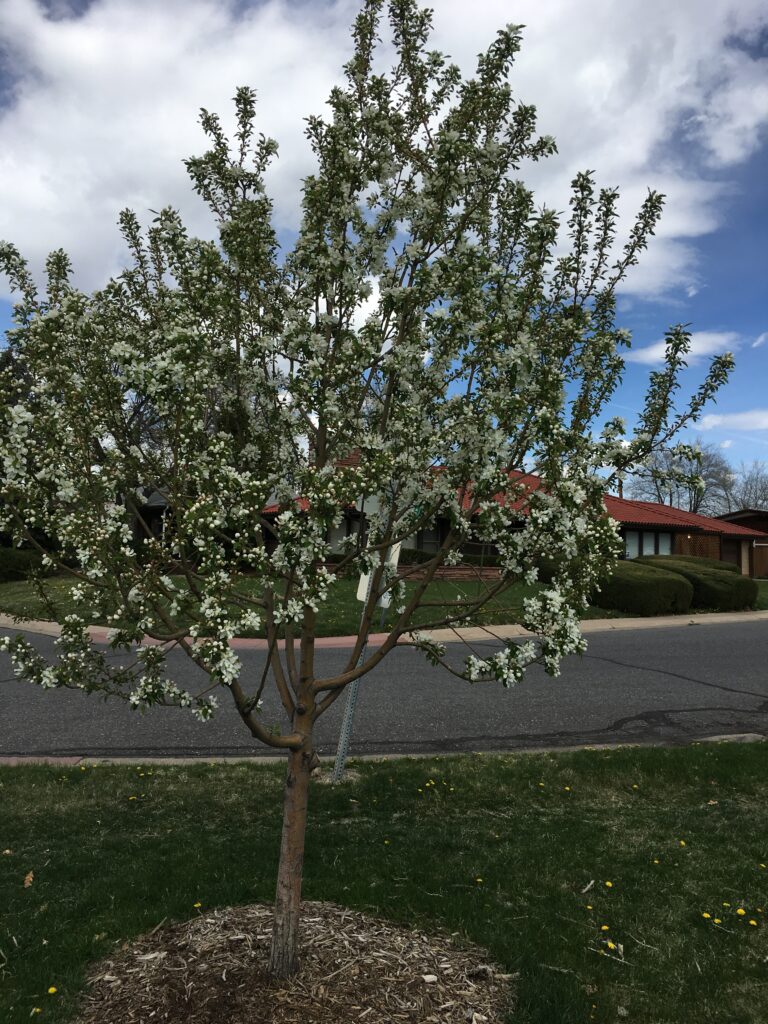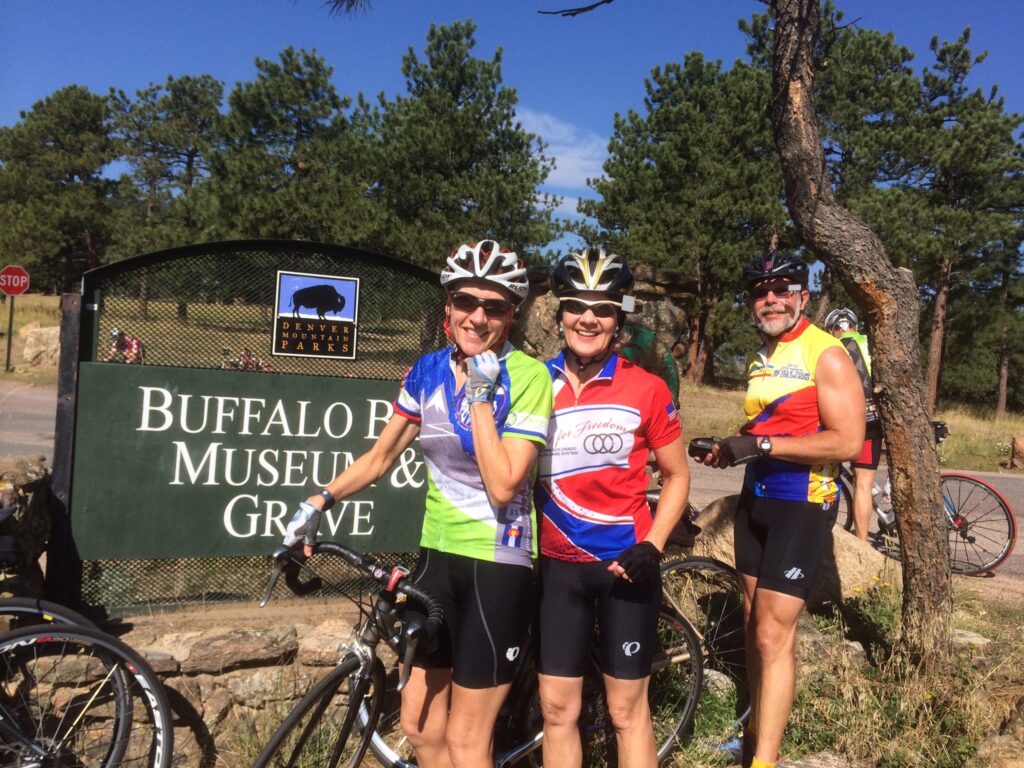Sixty-two years old is still very young, in my mind. I’ve been riding bicycles with a group of retired people this summer who are mostly that age and older, and all are fit, active, mentally sharp, and healthy. Of course, there are many people much younger who must live with chronic health conditions, and others who have not had the luxury to tend to the things that keep them healthy. I have said many times how ironic it is that Leslie’s field was health promotion and disease prevention, and she lived her work (sometimes to the annoyance of friends who hadn’t quite drunk the cool aid), and that in spite of her habits she was stricken with brain cancer at age fifty-six.
I carry Leslie’s memory with me always, and I always will. Not everyone understands this. Some people think I am hanging on to grief. That is not the case at all. My love for Leslie, and our relationship together, changed who I am. I would never want to deny that, or go back to who I was before I met her, or live without the gift of her memory. I recently had a relationship that ended, in part because the woman I was seeing kept waiting for me to “get over” losing Leslie. I am over losing her, but my time with her is a very big part of who I am. Anyone who is going to get to know me well is going to have to understand that part of me. I know anyone who has been in a truly loving relationship and has experienced the death of a partner will understand that. We don’t ever forget our parents after they die. They shape who we are. It is the same with a spouse we have loved. There is room in the heart for new love, but asking for it to replace the memory of someone you loved before who has died is to not understand.
I went to a charity event last night at a local brew pub. It was an auction of bicycle parts and accessories to benefit an organization that promotes cycling in low income communities. While there I encountered a colleague of Leslie’s from the VA, someone who had been a good friend of hers, whom I had not seen since her memorial service. I recognized him immediately and we enjoyed touching base, and it was an immediate reminder of how respected Leslie was professionally, and also how delightful she was to work with on a personal level. At the same event was another mutual friend who had paced Leslie when she ran her first marathon. He was an experienced and excellent runner, having completed many marathons in well under three hours. Leslie’s goal was to finish in under four hours, and this friend was sure he could keep a pace that would get her in under that mark (They succeeded). I was able to introduce both these men to each other at the event last night, and share a moment of remembrance on the eve of Leslie’s sixty-second birthday.
As I meet new people I come across some with qualities that are similar to those I admired in Leslie. When I meet women who cycle I think of all the times I chased Leslie up the road to the Sandia Crest or up Lookout Mountain. The women I see swimming or running make me think of her dedication to fitness and the hours she spent training for the sprint triathlons she entered. The people I meet through the acoustic music community in the Denver/Boulder area remind me of her playing the mandolin and fiddle, and the fun we had writing parody lyrics to old songs. I hear a lot of talk about various bluegrass festivals around Colorado and elsewhere, and remember Leslie’s account of running off to Telluride with her mandolin in one of the early years of that festival. And, of course, her love of nursing and her devotion to health care had so much to do with who she was and how she lived her life. And I will always think of her easy laugh, and her delight in being around the people she loved.




